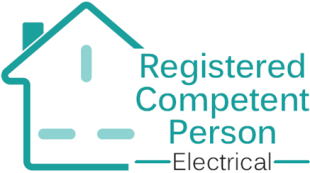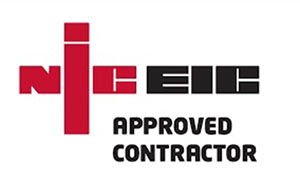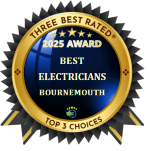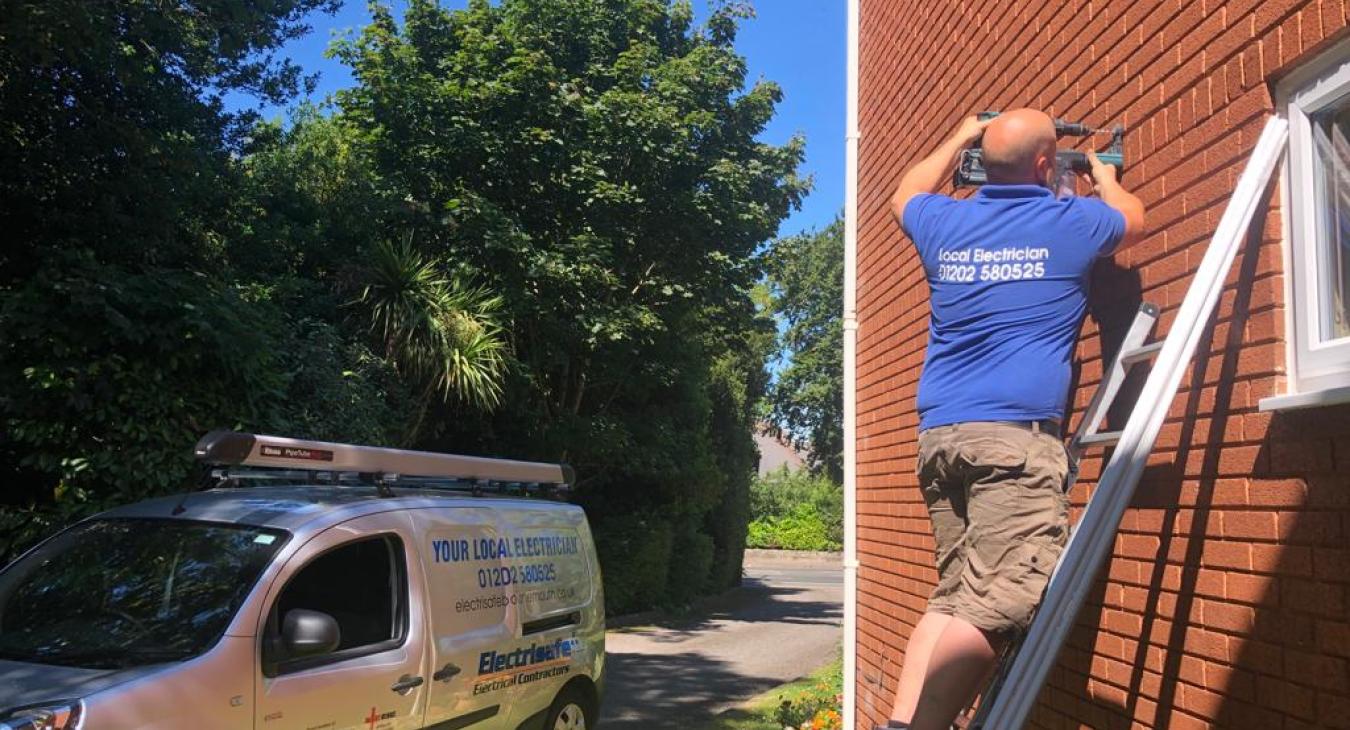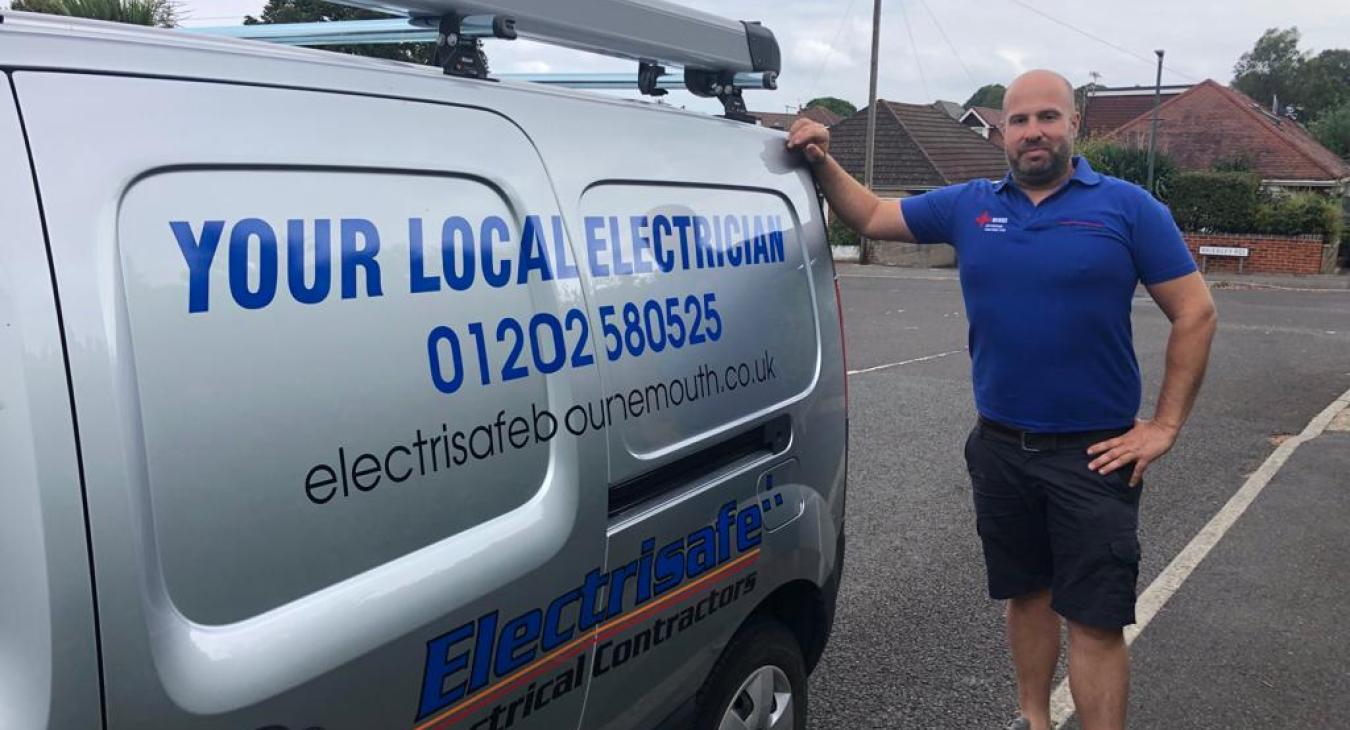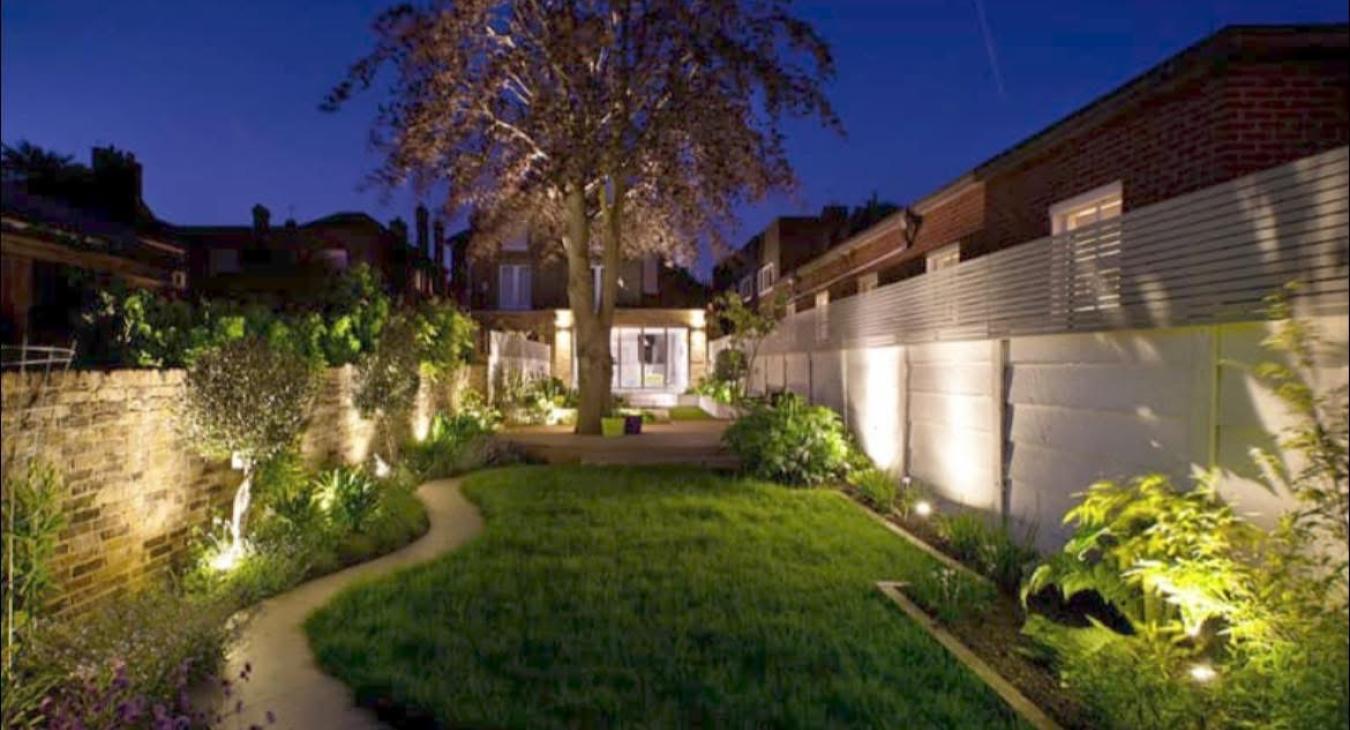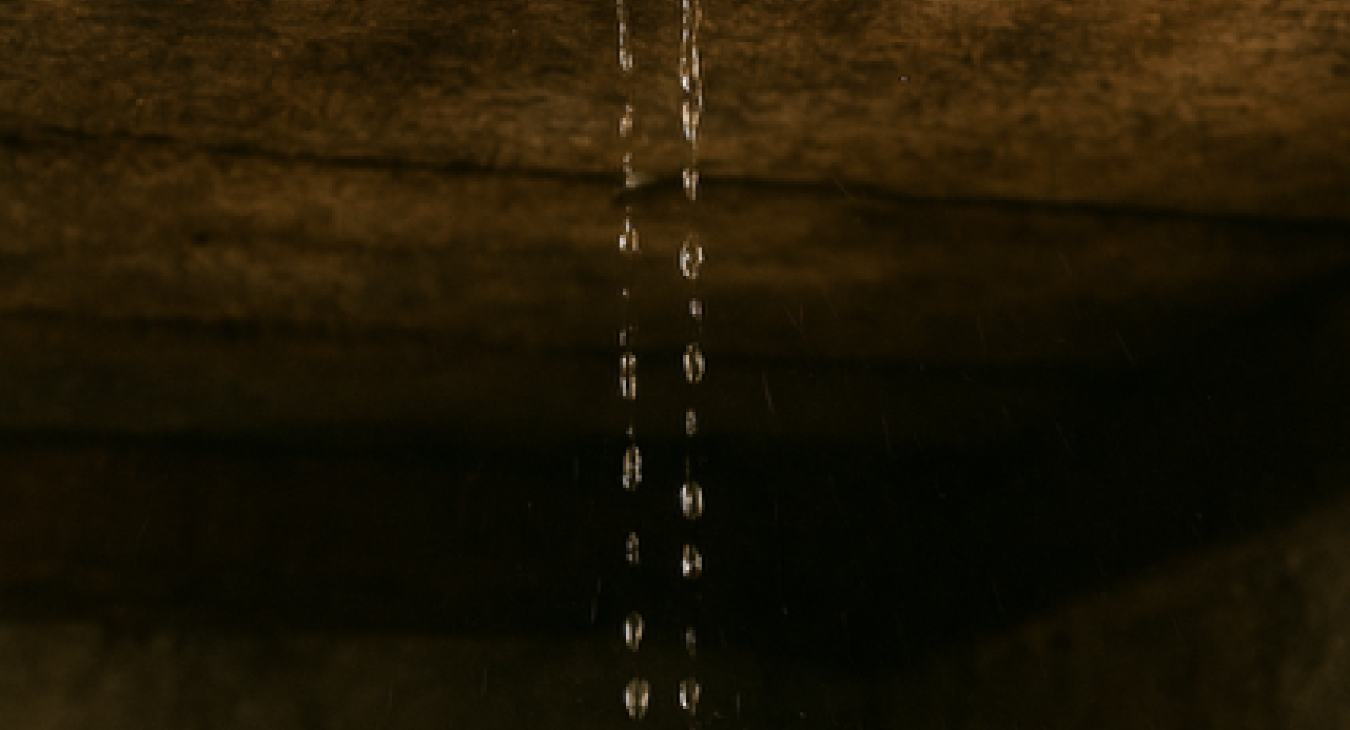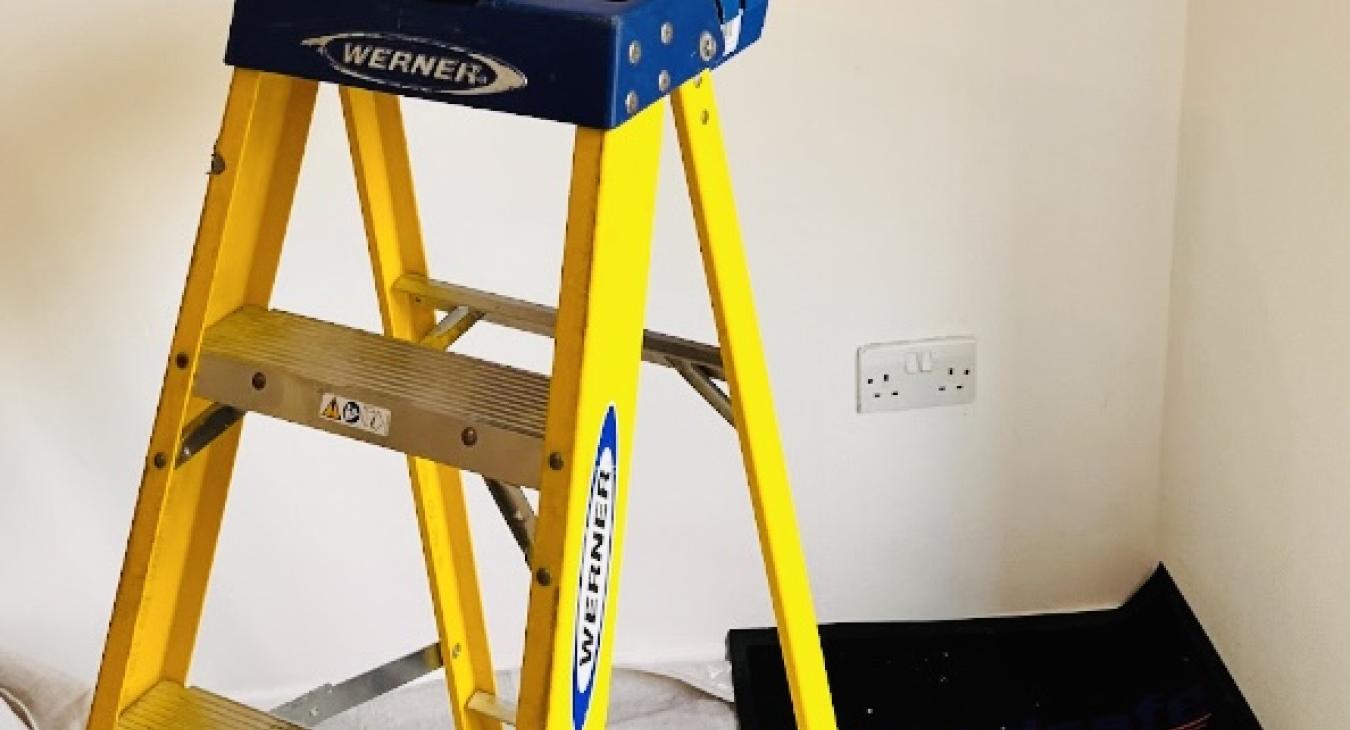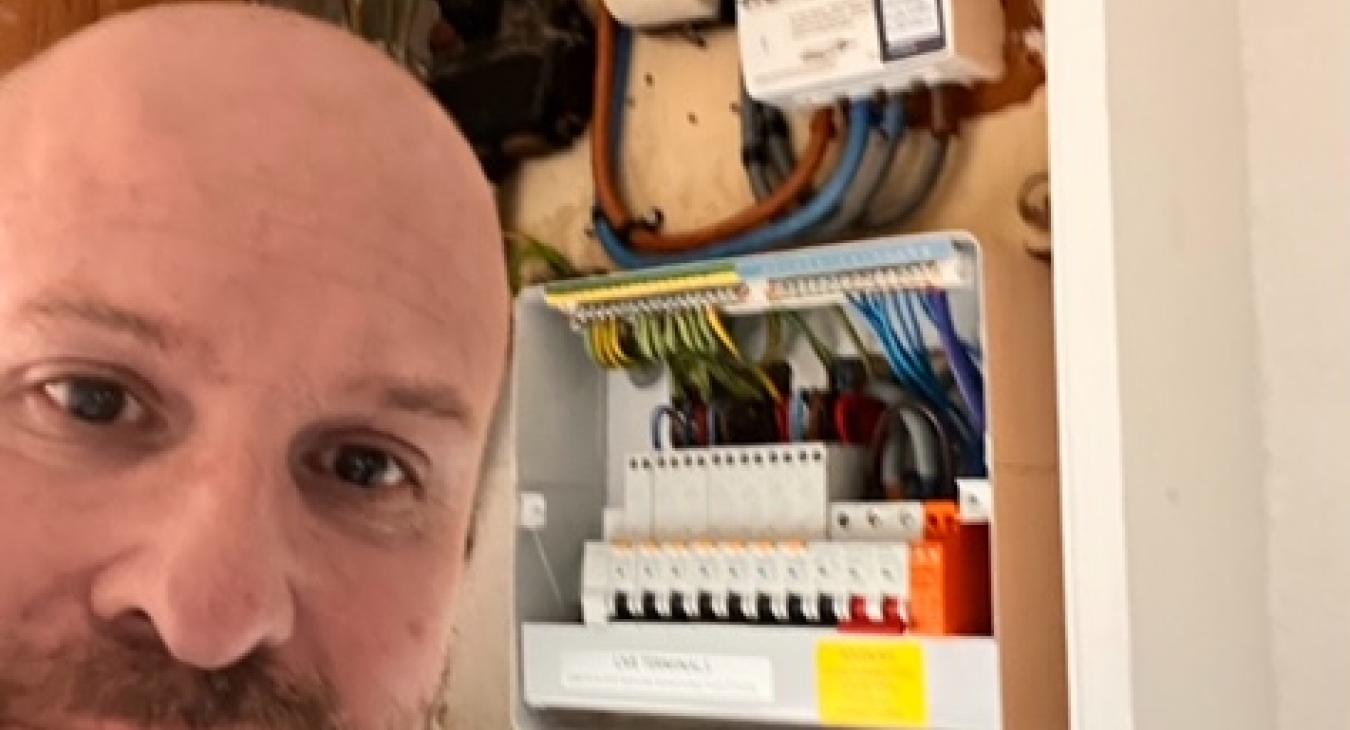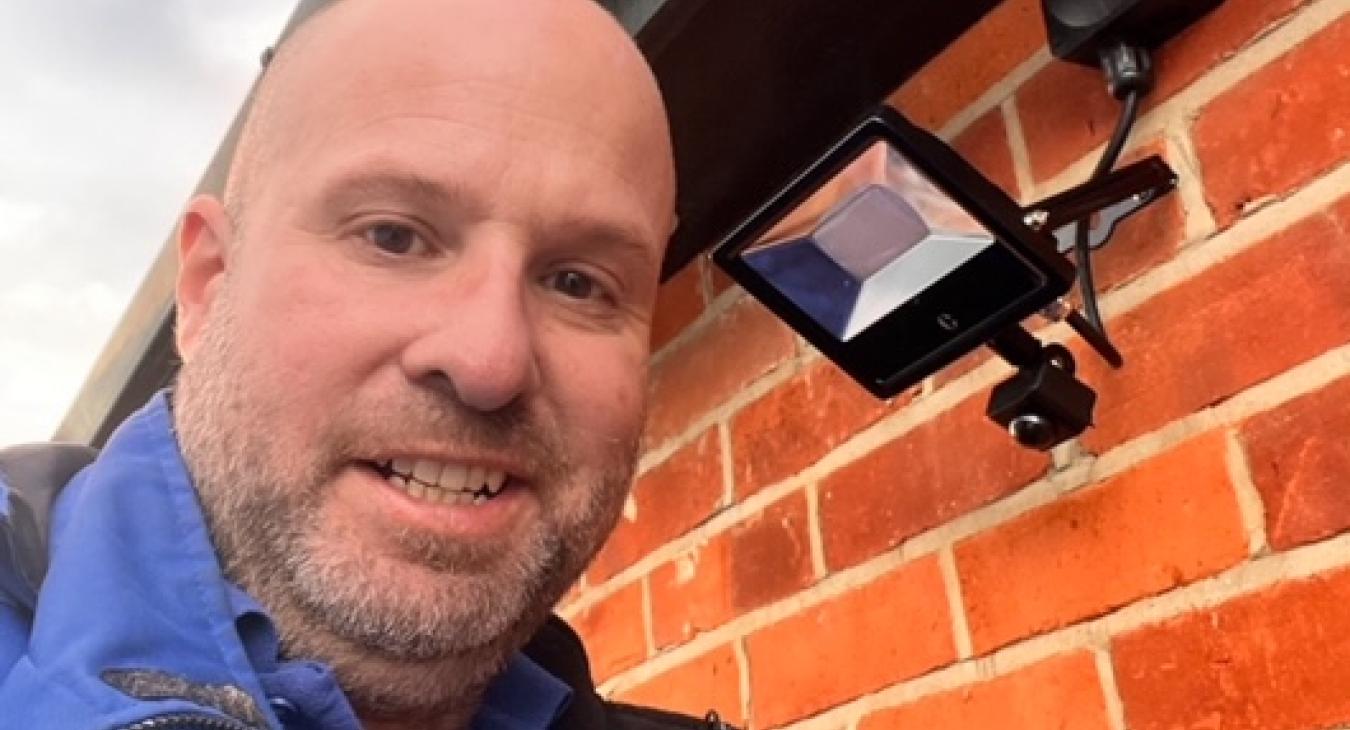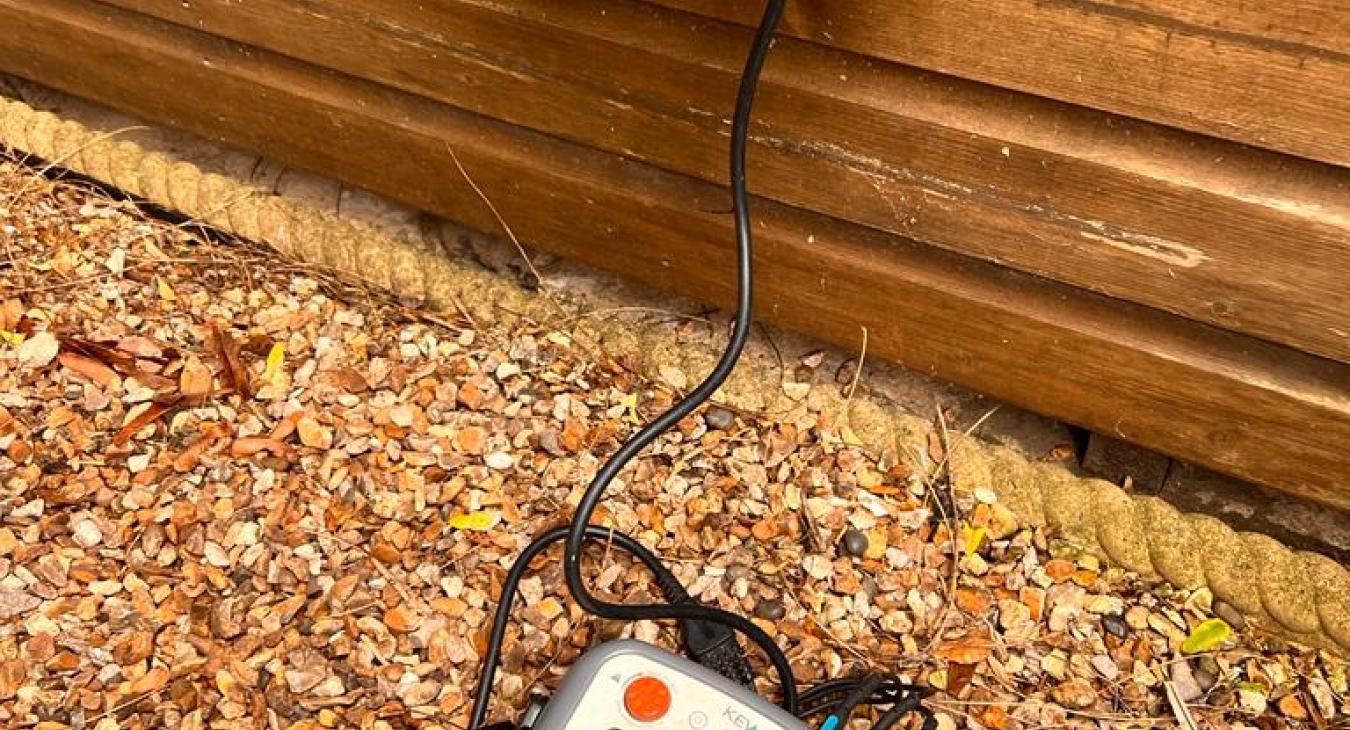I couldn’t be more impressed with the service provided by Paul.
Spotlight on LED Spotlights
Bournemouth Electrician Electrisafe
Spotlights and recessed down lights can help provide focused or accented lighting to your home, but you'll need a fair few to light up a space, which mean the costs can add up.
There's a bit more to consider when buying spotlights, compared with conventional bulbs – for example, the beam angle you prefer and how to pick the right colour and intensity of light for your spaces. Plus, halogen spotlights (along with other halogen lightbulbs) were banned from sale in October 2021. If you currently use halogen spotlights, you'll need to switch to LEDs spotlights when you come to replace them.
Regardless of what you opt for, within a given space it's best stick to one type and brand. This will help prevent compatibility issues, as light temperature and output can vary between brands and types.
What is a spotlight?
Spotlights/down lights are light fittings typically mounted onto a surface and fixed onto a ceiling or wall. They provide multiple beams of light, and although the lights are fixed to one unit, each 'spot' can be adjusted to point in a different direction. It’s also possible to buy single spotlights.
Spotlight
What is the difference between a downlight and a spotlight?
The terms 'downlight' and 'spotlight' are often used interchangeably, but they are actually two different types of lighting.
Downlights are designed to be recessed into the ceiling rather than mounted onto a surface. They are usually one LED lightbulb inside a cylinder which is set flush to the ceiling and tend to be used to provide a broad spread of general lighting in a room.
Spotlights are usually fixed and able to rotate to light up a specific object,
Downlighters
Halogen vs LED spotlight bulbs
Sales of halogen bulbs were banned in October 2021 in an effort to cut emissions and to help consumers save on their energy bills, leaving LEDs as the primary bulb for spotlights.
Halogen bulbs were relatively cheap to buy, and the light was similar to an old-style incandescent in terms of colour and quality, but they only lasted for around two years and were a lot more expensive to run than an LED.
A typical spotlight fitting that is on for two hours a day and contains six 50W halogen spots costs around £36 a year to run – more than some fridge freezers that are on all day, every day.
LEDs are more expensive to buy upfront, but they will likely save you money in the long run. By swapping those six halogens for 7.5W LED spotlight bulbs that produce the same amount of light, you'll save £30 a year in running costs. Manufacturers claim that LEDs can last up to 25 years.
What is the best beam angle for your spotlights?
You'll want a narrow beam angle if you're looking to pick out a particular surface or even a picture on the wall, and a wider beam angle if you want your spotlights to light up a larger area.
Unlike conventional light bulbs, LED spotlight bulbs can shine a beam of light on a particular object or surface. They are a particularly popular choice in kitchens and hallways.
How bright should spotlights be?
Spotlight brightness is measured in 'useful lumens', which is slightly different to how brightness is calculated for a conventional bulb.
The number of useful lumens is defined as the light that falls within a 90-degree cone.
As a rough guide, 300-400 lumens per square metre is recommended as a good ambient lighting level in a kitchen or hallway, rising to 700-800 per square metre if you have a worktop area that you want to be lit more brightly.
Halogens tend to spill more light outside the 90-degree cone than LEDs, as they have a filament rather than a single point from which the light is produced, as with an LED. This is difficult to see with the eye but is worth bearing in mind if you currently use halogens, as you may see the spread of light change when you move to LEDs.
Spotlight colour temperature
As well as the brightness of the bulb, you’ll also need to choose the right colour temperature for the room it will be lighting. This refers to how warm or cool you want the lighting to be.
Cool white
bright and clear, which makes it best suited to the kitchen or bathroom.
Warm white
creates quite a soft glow which works well in areas such as the lounge or bedroom.
Daylight or natural white
creates a more natural ambience, which works well in an office space.
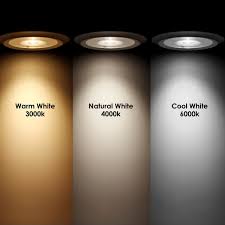
Can you get dimmable spotlights?
Yes. But not all LED spotlight bulbs are dimmable as standard, so it is important to check before you buy. The bulb’s packaging should indicate whether the bulb can be dimmed. If you are upgrading from traditional halogen bulbs to LED bulbs, your existing dimmer switch may not function properly. We recommend choosing a specialised dimmer switch that is compatible with LED bulbs to prevent any issues.


